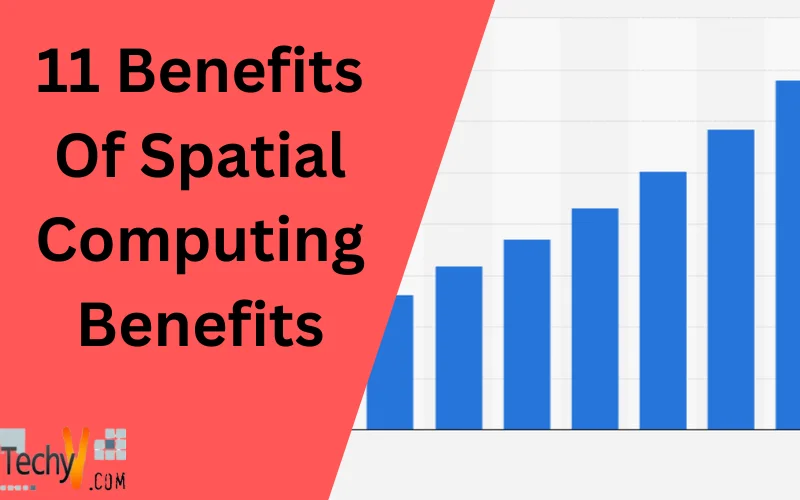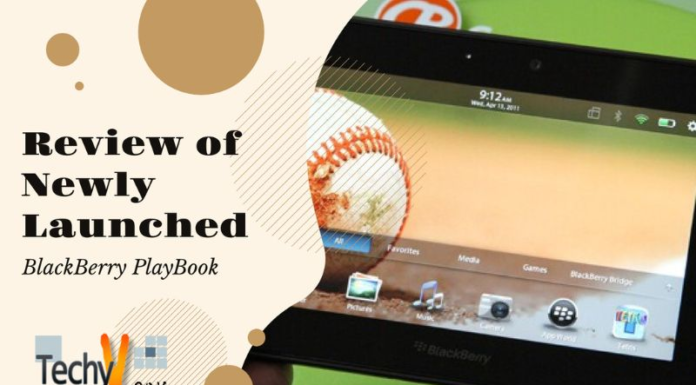What Is Spatial Computing?
Spatial Computing is an innovation field that connects parts of the physical world and computer science to generate a consumer interface that is more mesmeric and interactive. Spatial Computing includes the device and procedures to record and process the three-dimensional data.
The essential elements of spatial computing involve advanced innovation devices like virtual reality (VR), augmented reality (AR), mixed reality (MR), IoT, artificial intelligence (AI), physical controls, etc. All these parts connect the digital systems and the physical world.
Spatial Computing uses the latest input devices like sensors, cameras, etc. To express and clarify the physical environment. Hence, this enables users to mesmericize with digital data more naturally.
Working On Spatial Computing
- Step 1 – Using the latest input tools like sensors, cameras, etc. The 3D model of the actual physical world.
- Step 2 – Innovation like VR, AR, MR, AI, and IoT usage to observe this data.
- Step 3 – Based on the outcome, the action required.
For example, autonomous car catches the element of the world in front of them and use innovation like VR, AR, AI, etc. To be aware and mesmeric the aspects of the world and then take a move accordingly.
Advantages Of Spatial Computing
- Due to various advantages, Spatial Computing can enhance learning, working, and interchanging with the actual world. Some significant benefits of spatial Computing are as follows:
- Spatial Computing can create a more natural and logical interface for consumers to interact with digital systems.
- Spatial Computing enhances consumer involvement and satisfaction.
- Spatial computing produces a more natural way of interchanging with digital content.
- Spatial computing enhances productivity, situational awareness, and capabilities by using the contingent details overlay.
- Spatial computing lets consumers visualize and simulate designs, complex data, and concepts.
- Spatial computing enables multiple consumers to access and connect with the same virtual data simultaneously. Therefore, spatial computing produces a mutual experience.
- Spatial computing can reply in real-time using sensors, cameras, and other advanced input tools.
- Spatial computing produces high-speed operations.
- Spatial computing needs a minimal training time and hence the cost.
- Spatial computing also decreases the occurrence of errors.
The cause is that employees can see essential details immediately while working.
1. Enhancing Human-machine Interaction
Spatial computing is not only essential in companies but also in the stock market. The number of spatial computing stocks is growing, which is due to the promising future of this innovation. It enhances and benefits human interaction with machine usage. Software solutions such as Team Viewer’s Frontline are essential bases for this and hardware solutions that grow the benefits in everyone’s life. Spatial computing is designed to create interchanged and detailed retrieval as soon as possible.
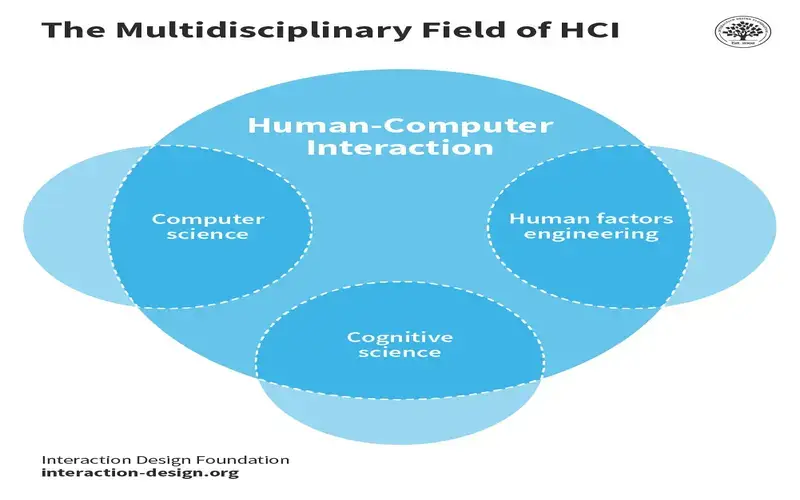
2. Challenges And Prospects
The value of spatial computing stocks is expanding, and technology concepts like smart farming are more situated, the innovation still faces challenges. Some are technical, while the majority demand an evolution in business and society. As a result, the true promise of spatial computing has yet to be achieved. The growing challenge of spatial computing is that it is a new latest innovation that completely changes everyone’s life. While it facilitates management in private everyday life, the conditions are different in the business sector. It is because the more extensive the social space, the more conversion is necessary. For companies, spatial computing primarily includes a restructuring of business processes but also of hardware devotions. Both are related to high financial investments at the same time. It’s laborious to embrace the latest technology.
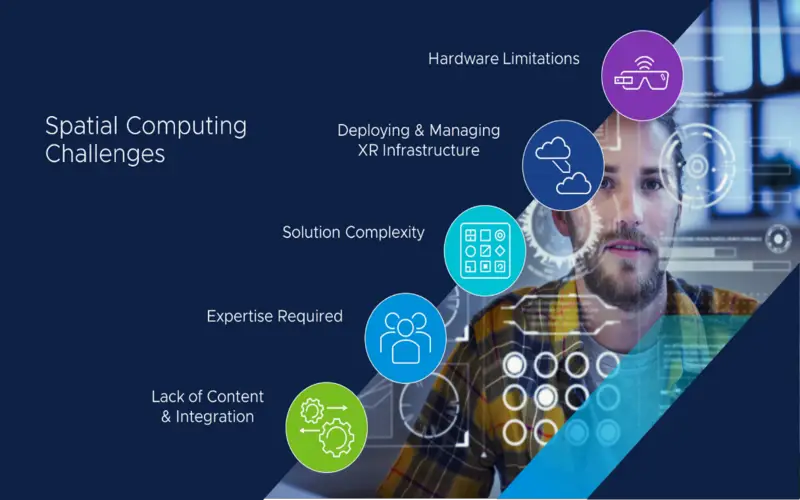
3. Spatial Computing Into Practice
Frontline Spatial is a software solution that gives your employees an easy entry into the mesmeric experience. TeamViewer software enables long-term knowledge transfer, higher resource utilisation, and improved employee arrangement. It brings interactive content that makes industrial workplaces more effective and engaging. Augmented and mixed reality environments increase capacity and quality. It makes Frontline spatial not only of interest to employees but essential at the whole enterprise level. Unlike pure augmented reality (AR) or virtual reality (VR), combining spatial computing allows essential approaches.
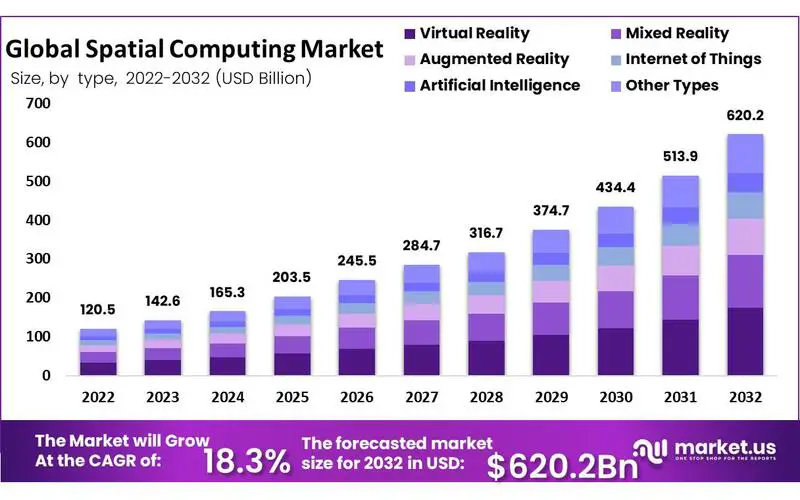
4. Autonomous Driving
Frontline Spatial is a software solution that gives your employees an easy entry into the mesmeric experience. TeamViewer’s software provides you with long-term knowledge transformation, productive use of your sources, and growing employee engagement.
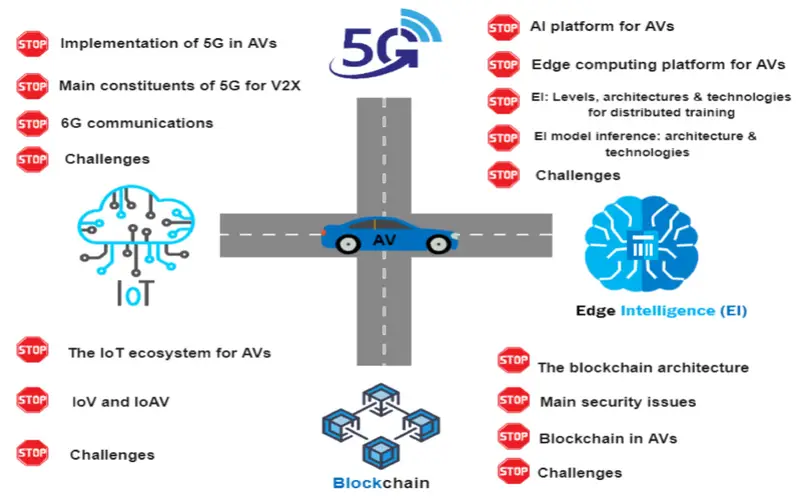
5. Susceptibility To Errors Decreases
Especially in the production industry, errors decrease thanks to spatial computing. This is due to the continual availability of related data. Employees know what they require and where they belong because the smart glasses show them essential clues.
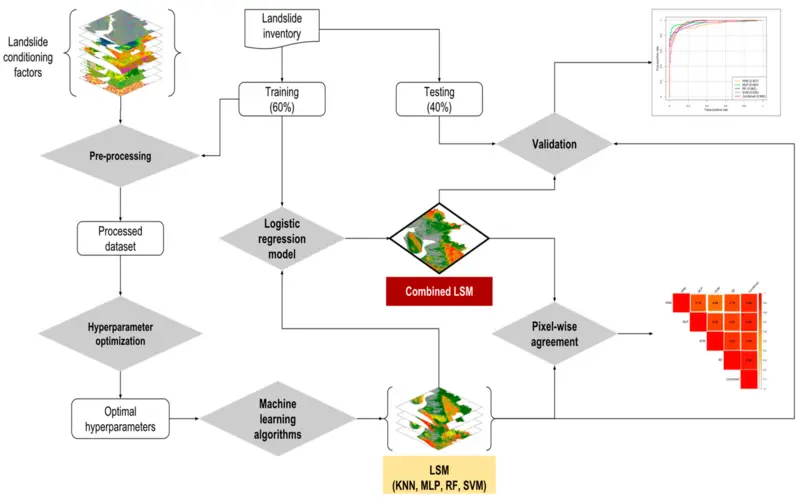
6. Improves Your Workflow
The modern access is united into almost any business. It boosts office productivity and provides mesmeric training.
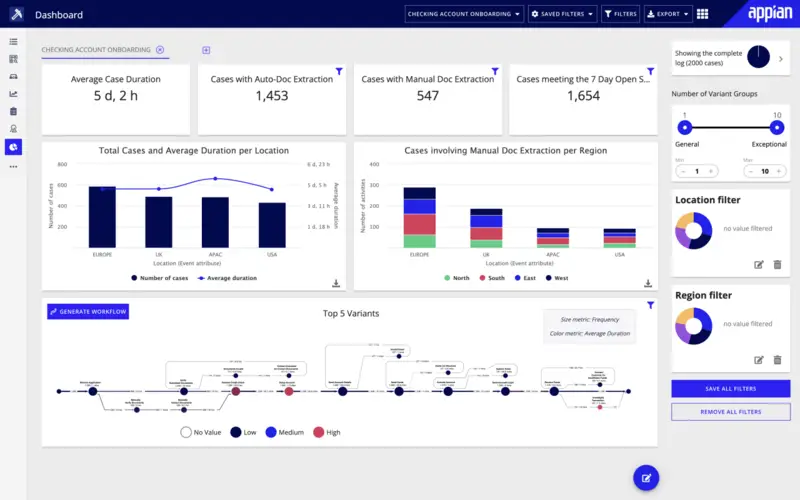
7. Language Barriers And Technical
The merging of actual and digital reality helps with technical hurdles. For example, technicians can combine with advisers to compensate for a lack of proficiency in upcoming duties. It also creates autonomy of location, which also facilitates.
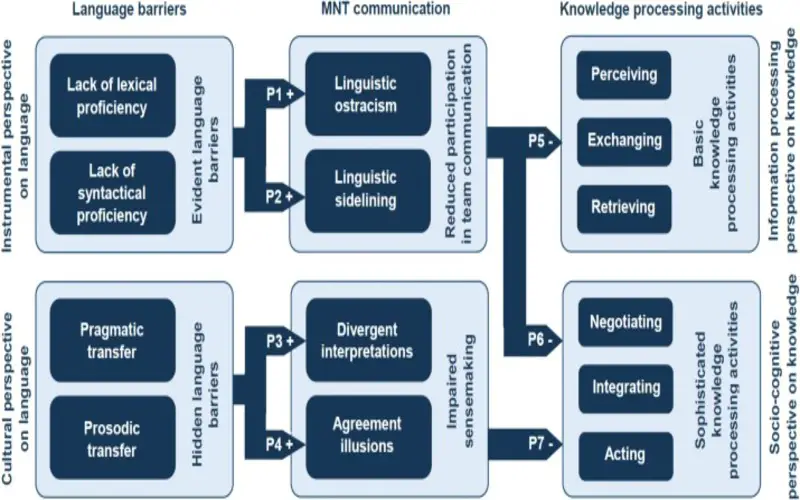
8. Enhances Products Understanding
With spatial computing, production can create digital content as if it is a genuine product. It enables their employees to experience or observe the latest features of the products in the development stages. As a result, employees will know knowledge of the consequences before marketing.
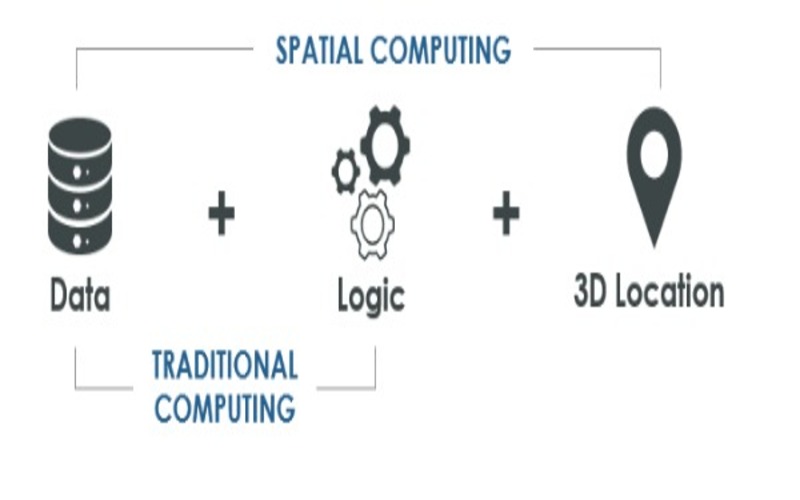
9. Reduce Development Cost
The spatial computing manufacturers have launched a few samples of products for testing or employee instruction. It provides extra cost in manufacturing and development. Through spatial computing, manufacturers save their time and money because the product no longer needs to be created physically just for employee training.
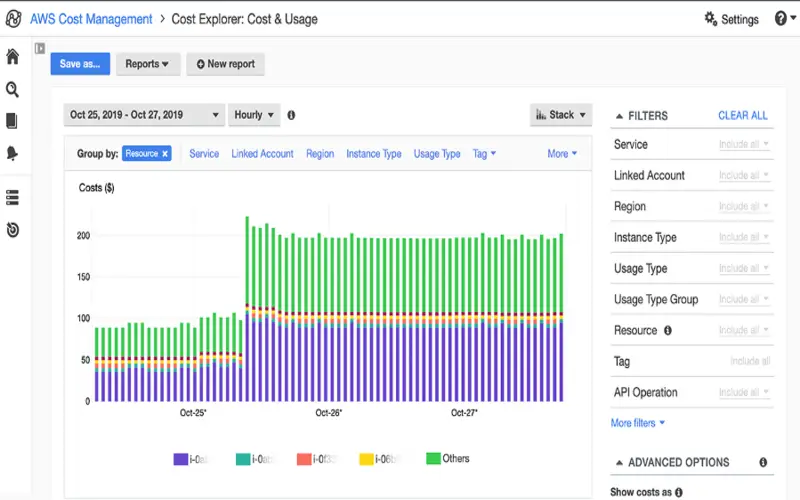
10. Enhanced Customer Experiences
Spatial computing enables the business owner to create a 360-degree angle to view their products and virtually try them on. These enhance user experiences and also ease users in deciding or buying the products.
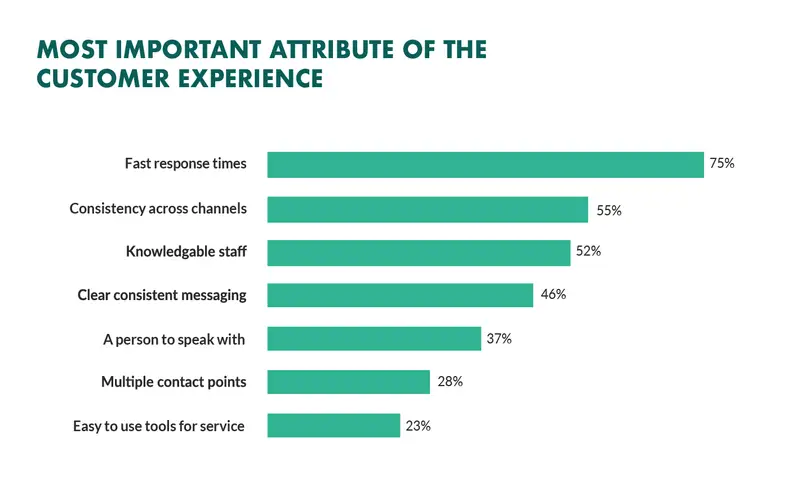
11. Customization On A Large Scale
Custom-made products have seen an increase in buying activity. Using spatial computing, customers can get a first glance at the personalized product. Today’s business success is primarily determined by marketing strategy. With the advantages of spatial computing in marketing, business owners may enhance their marketing strategy and rise to the top of their industry.




